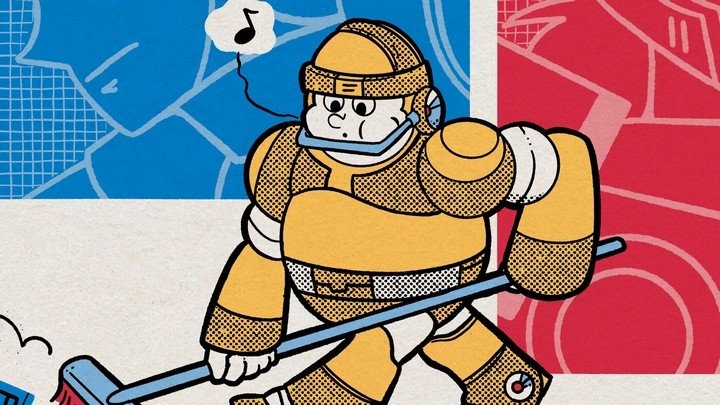Reflecting on Kirby and the Amazing Mirror
Kirby phones a friend
While the GBA had already seen a Kirby game - 2002's Nightmare in Dreamland, a remake of the NES masterpiece Kirby's Adventure - something new was obviously called for. Fifteen years ago today, Kirby and the Amazing Mirror was exactly that.
Of course, Nintendo's wildly popular pink sphere of consumption is no stranger to leaving his comfort zone; he's pretty much the figurehead for unusual spin-offs encompassing versions of pinball (Kirby's Pinball Land), Breakout (Kirby's Block Ball), Puyo Puyo (Kirby's Avalanche) and even miniature golf (the marvellous Kirby's Dream Course). Amazing Mirror, though, put him in a position he'd never experienced before - the Metroidvania.

Exploration had always been a part of the traditional Kirby game - hidden switches and items were always put behind experimental use of the absorbed powers - but Amazing Mirror takes it to the next level. The game is sprawling to say the least. While it is divided into distinct areas, they do run into and loops back upon one another and the map you can refer to is abstract to say the least. It utilises the series-traditional "power gates" to get around (locking progress behind possessing a particular copy ability), eschewing the more gated Metroidvania convention of permanent gained powers acting as "keys" for environmental "doors". Kirby can fly, infinitely, from the word go. You can travel anywhere, providing that you know the way.
Sadly, this can lead to a fair amount of aimless wandering and a detached sense of ennui. It's easy to slide into apathy, given that there's very little in the way of landmarks. You explore the world, defeat all the bosses, then go to the final area. It's fun, but it's all much of a muchness. Other Kirby games can have this problem too, but they have the good grace to be linear so you'll never find yourself lost, looping around the same stages looking for just the right combination of identically marked doorways to get you from Area 3 to Area 8. There's no logic to the way it all fits together, so it might help to draw a map yourself.

There's multiplayer too, tied in with Kirby's new innovation of carrying a cellphone. He can call in three more Kirbys at any time to help him, but this has very little application besides a lot of visual clutter and maybe one or two large blocks that require a big co-operative group suck (Steady on - Ed) to move them. Outside of some fun minigames, that's really about it. It's a big, confusing game but it's definitely not a bad one, and the final boss is wonderfully epic in that classic Kirby style.
I propose renaming it Kirby and the Quite Good Mirror. Thanks. Bye.




